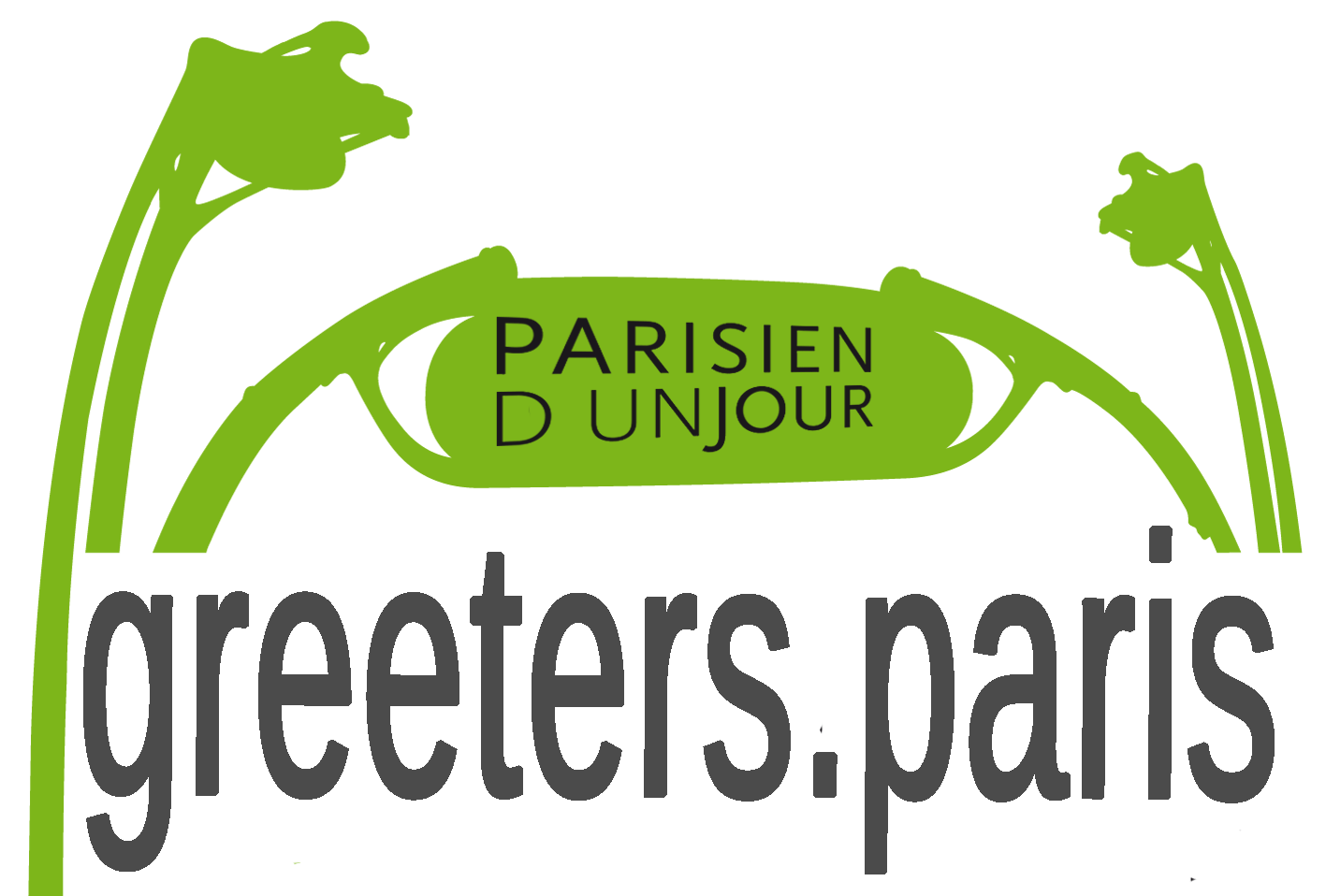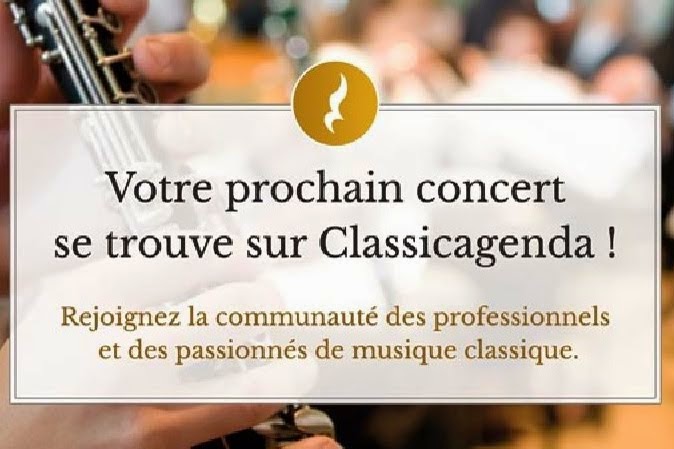To reach the
official main entrance to “La Sorbonne” you just have to cross the street from the little square described in my latest post.
I had the
opportunity to visit some of the more official parts of “La Sorbonne”. First,
however a bit of European teaching and learning history.
The word
university comes from the Latin “unversitas magistorum et scholarum” meaning “community
of teachers and scholars”. Bologna, in what then were the Papal States, is
considered to be the first university, founded in 1088. It was followed about
simultaneously by the University of Paris and the University of Oxford probably
around 1150, a bit later by Cambridge, Salamanca…
The origin
of these medieval universities was the cathedral or monastic schools which existed
since the 6th century. In
Paris you could find the Palace School, the School of Notre Dame and that of
the Sainte-Genevieve Abbey (see previous post about what today is the “Lycée
Henri IV”) and later the School of Saint-Victor.
What was
referred to as the University of Paris was actually a number of “collèges” -,
where pupils and teachers lived together. Most of these “collèges” could be
found on the slope between the Sainte-Genevieve Abbey and the Seine River, the
Latin Quarter, of course named so because Latin then was the common, official,
language used by all the “nations” who taught and were taught “art” here. Later
came the faculties of theology, law and medicine.
One of the “collèges”
was the “Collège de Sorbonne”, founded in 1257 by Robert de Sorbon. It became a
leading Faculty of Theology, was renovated by Cardinal Richelieu during the
17th century, was suppressed (together with the other” colleges”) during the
French Revolution, restored in 1808 and finally closed in 1882. Around where
the original Collège de Sorbonne had stood a complete new secular Paris University
complex was built which stood ready in 1889, the year of a Universal Exhibition
(and the Eiffel Tower). It became known as “La Sorbonne”.
Now, the
University of Paris has been reorganised into thirteen autonomous universities and
schools, some of which still carry the Sorbonne name, all today spread out all
over the city. However, the buildings that we may refer to as “La Sorbonne” have, in addition to normal student activities, some of the central functions, rectorship offices and official receptions
rooms, library, amphitheatres…
The
architect of the present complex was Henri-Paul Nénot (1853-1934), only 29
years old when he got the job! The official entrance (there are lot of others)
is imposing with the double stairs leading to the peristyle...
… and to the Grand Amphitheatre, which can seat some 3000 people. It’s decorated
by a great fresco by Puvis de Chavanne (the statue of whom we could find in the
square in the previous post). The “secular virgin” in the middle is supposed to
represent the school, “La Sorbonne”. There are statues of some remarkable
people, including Robert de Sorbon. Apart from for university lectures and different meetings, the amphitheatre
is used as an excellent concert hall. This is also where Pierre de Coubertin in
1892 launched the idea of the Olympic Games, where the first session of the General
Conference of UNESCO (see previous post) was held in 1946.
The
fabulous peristyle (see also top picture) offers a number of wall paintings
representing Paul de Sorbon receiving the chart by Saint Louis (Louis IX) to
create the college, Pascal discussing with Descartes, Richelieu laying the
first stone of the new college chapel… and the statue of what obviously should
represent “La Sorbonne”.
Looking up
from the entrance floor or from the peristyle you can see the stained glass
window representing the Arms of Paris. One may be surprised to see that Paris is represented by a small sailing ship. Originally this was the arms of the Guild of Watermen
which later was taken over by the City with the motto “Fluctuat nec mergitur” (She
is tossed by the waves, but does not sink). The “fleurs de lys”, mostly
conncected to the Royalty disappeared during Revolutions, Napoleon… but are
back since the end of the 19th century.
From the
peristyle, you may reach other rooms like this one, used for different official
ceremonies…
… and this
room, which is the entrance to the Grand Amphitheatre for the “officials”.
Descending
to the “Cour d’Honneur” you discover the college chapel, which is oldest remaining
building, from 1642. (Top left here below you can see it from the street.)
Turning in
the opposite direction you find this sun dial, with its decorations. “Sicut
ombra dies nostri” (Our days pass like a shadow) can be seen as inscription on
many sun dials.
On the
floor of the Cour d’Honneur the design of the original college chapel has been
designed. There are of course also some statues (Victor Hugo…).
The chapel
has been used for religious services during different periods even since the
University became secular and even after the separation of State and Church
(1905), but not during the last decades. Today the interior is in bad state and
in heavy need of restoration.
Cardinal Richelieu, who was the headmaster of La Sorbonne from 1622 to his death in 1642 and decided on its reconstruction,
including the Chapel, has his tomb here. His body disappeared during the
Revolution, but his head was saved (stolen), retraced … and back in the tomb.
Above the tomb you can find his “galero”, the wide-brimmed cardinal hat.
Several
rooms are under restoration, including the fabulous library, so could not be
visited, at least this time.
There is again a little extra post below.




















































































